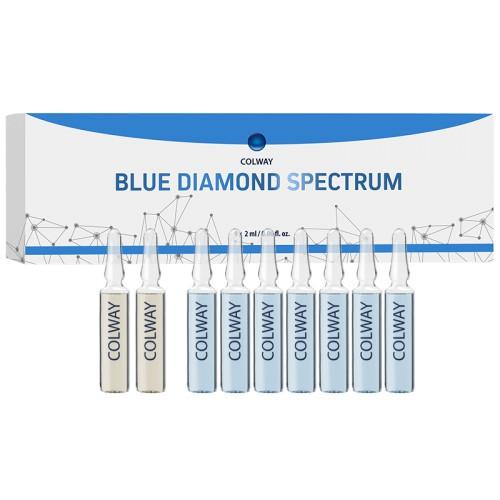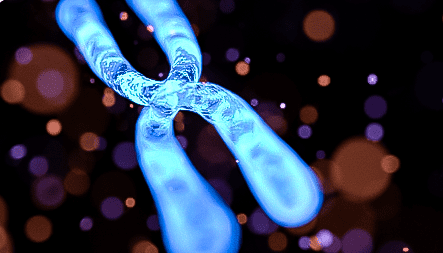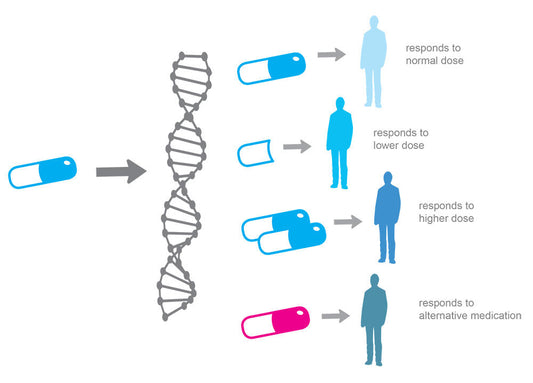Why We Age: Telomeres
The Hallmarks of Aging describes telomere shortening, which is the gradual loss of the protective caps of our chromosomes, and is one of the aging processes. Telomere attrition limits the number of times our cells can divide, slowly leading to dwindling populations of cells in vital organs. Critically short telomeres are also associated with a number of age-related diseases as well as conditions such as idiopathic pulmonary fibrosis.
So, what are telomeres?
Each of the chromosomes that store our genetic information has a protective cap at each end known as a telomere, a specific DNA sequence that is repeated thousands of times. The sequence has two purposes: firstly, it protects the coding regions of the chromosomes and prevents them from being damaged, and secondly, it acts as a clock that controls the number of replications a cell can make. This limit on human cell replication is known as the Hayflick limit and is named after its discoverer, Dr. Leonard Hayflick.
The shortening of telomeres due to oxidative stress and other stressors is thought to be one of the nine reasons we age and we have made a video about it which you may enjoy watching.
Telomeres are protective caps
The first function is fairly simple. The building blocks of DNA are designed to bond with each other as part of their function; this can be very useful, but this also makes them able to bond with other molecules. This can lead to dangerous consequences. Two chromosomes could potentially bond together, or a chromosome could even bond to something else!
Fortunately, our cells have a solution to this problem: they use protective caps on the ends of chromosomes to prevent this from happening. These caps bond with DNA in the same way that DNA base pairs bond to each other. Therefore, the ends of chromosomes must be identical; if this were not the case, then each chromosome would need its own cap, and mutations at the end of a gene could leave a chromosome open to fraying. So, to avoid this issue, DNA has a sequence that just signals the end of a chromosome.
DNA damage can also spontaneously change one base pair to another. This is most likely to happen on the exposed ends of a chromosome rather than the middle, which is better protected. Damage in the coding regions is harder to spot and repair because the repair mechanism has to know what the original base pair was.
Thankfully, damage to non-coding regions is considerably less serious and, with repeating sequences, far easier to repair. All the cell needs to do in this instance is to have the repair enzyme look to see if the damage is near the end of the chromosome; if a damaged sequence in this area seems close to a normal telomere sequence, an enzyme called telomerase helps to repair the sequence back to its normal state.
Finally, due to how DNA replication works, each time a chromosome is copied during cell division, the copy is a bit shorter than the parent. This means that if a coding region is shortened, it could damage the resulting protein. To prevent this, telomeres act as a disposable section of code that can be removed without altering function during cell division.
Telomeres are also a clock
The second function of telomeres is to act like a “clock”, and this is a bit more complex. Because telomeres consist simply of repeated code, they are easy to lengthen after being shortened by cell division. However, this only happens in eggs, sperm, and most stem cells; regular cells do not replace what was lost. This means that in normal cells, the telomeres become shorter and shorter with each subsequent cell division. Once telomeres reach a critically short length, the cell ceases to divide and enters cellular senescence, ready to be disposed of by the immune system.
Over time, this means our reserves of healthy dividing cells dwindle, leading to increasingly poor tissue and organ function, as there are fewer cells to replace the ones that have ceased to divide. Combined with some cells becoming senescent but avoiding apoptosis, a form of programmed cell death, and disposal by the immune system. This all adds up to a story of increasingly poor tissue repair and maintenance as we age. Which begs the question: why don’t all cells just keep dividing indefinitely?
The answer is that this is most likely a protective measure to prevent cancer. Because telomeres act as a “clock”, limiting cells to a set number of replications, aged and potentially damaged/mutated cells are less likely to continue replicating more mutated cells. Mutations can be harmless, but they can also be the first step on the path to a cell becoming cancerous. Cancer cells divide many more times than regular cells, having lost replicative control due to mutation, so having a system that keeps that in check is a good thing. It is likely that cancer incidence would be far higher were this system not in place.
Conclusion
It is well known that lifestyle factors, such as healthy diet and exercise, can reduce the rate of telomere loss. On the other hand, poor lifestyle choices, such as poor diet, sedentary lifestyle, and stress, can speed up telomere loss.
Some researchers are also investigating ways to extend telomeres using telomerase activation, though others think it makes more sense to replace stem cell stocks and remove senescent cells, keeping a supply of fresh cells available rather than trying to keep aged and potentially mutated cells working. That said, therapies that can successfully restore telomeres in specific target cell populations may prove valuable for diseases that directly affect telomeres and may potentially boost wound healing from traumatic injury.
However, a study by researchers at the Salk Institute revealed a possible way around this problem [2]. They used reprogramming factors to “reset” the epigenetic alterations hallmark in mice and, in doing so, reset the telomeres, making them longer. So, it may be viable to erase the epigenetic memory of a cell in this way to make it functionally younger again, thus repairing a large part of its damage. This technique is similar to how scientists create induced pluripotent stem cells in the lab, which involves resetting the age of cells by removing epigenetic markers


















